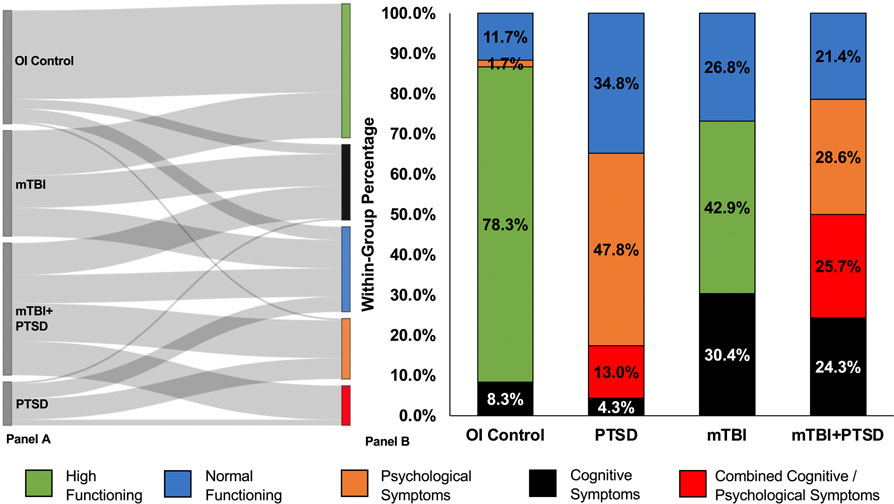Figure 3. Class assignments for each diagnostic category.
Panel A. Distribution of participants from each diagnostic category to each class. The LPA sorted participants based on psychological symptom and cognitive performance indicators. Left side of panel shows the diagnostic group, right side of panel shows the class. The thickness of each line between diagnostic group and class represents number of participants (thicker line = more participants). Panel B. The percentage of class assignments for each diagnostic classification. While each diagnostic classification was primarily represented by one of the classes (e.g., Combined Cognitive/ Psychological Symptoms class for comorbid mild traumatic brain injury and post-traumatic stress disorder (mTBI+PTSD), High Functioning class for the orthopedic injury controls (OI Control)), the same diagnostic classification was represented by multiple classes, demonstrating heterogeneity of symptom presentation. mTBI = mild traumatic brain injury only; PTSD = post-traumatic stress disorder only.

